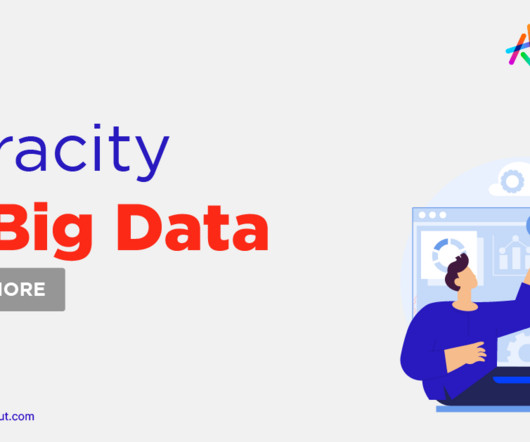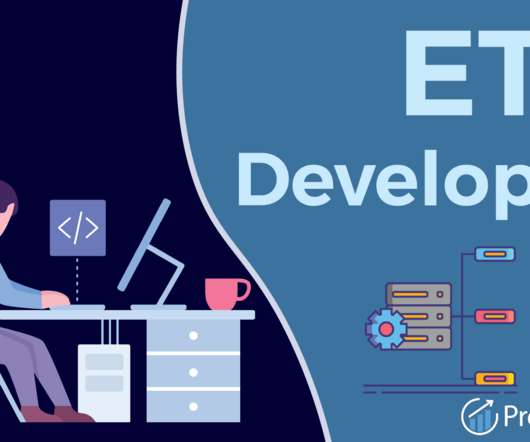Veracity in Big Data: Why Accuracy Matters
Knowledge Hut
JULY 26, 2023
Data veracity refers to the reliability and accuracy of data, encompassing factors such as data quality, integrity, consistency, and completeness. It involves assessing the quality of the data itself through processes like data cleansing and validation, as well as evaluating the credibility and trustworthiness of data sources.













Let's personalize your content